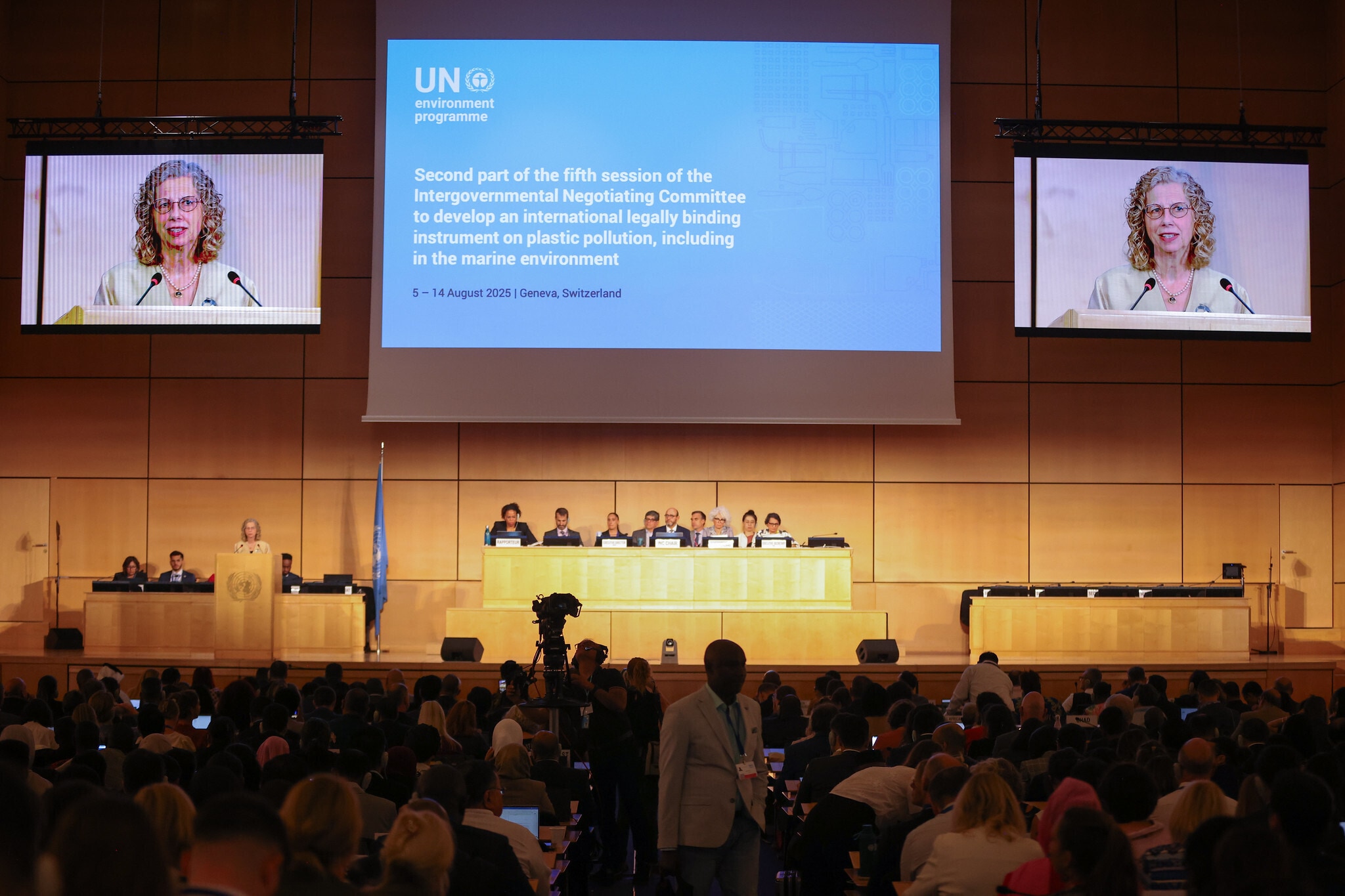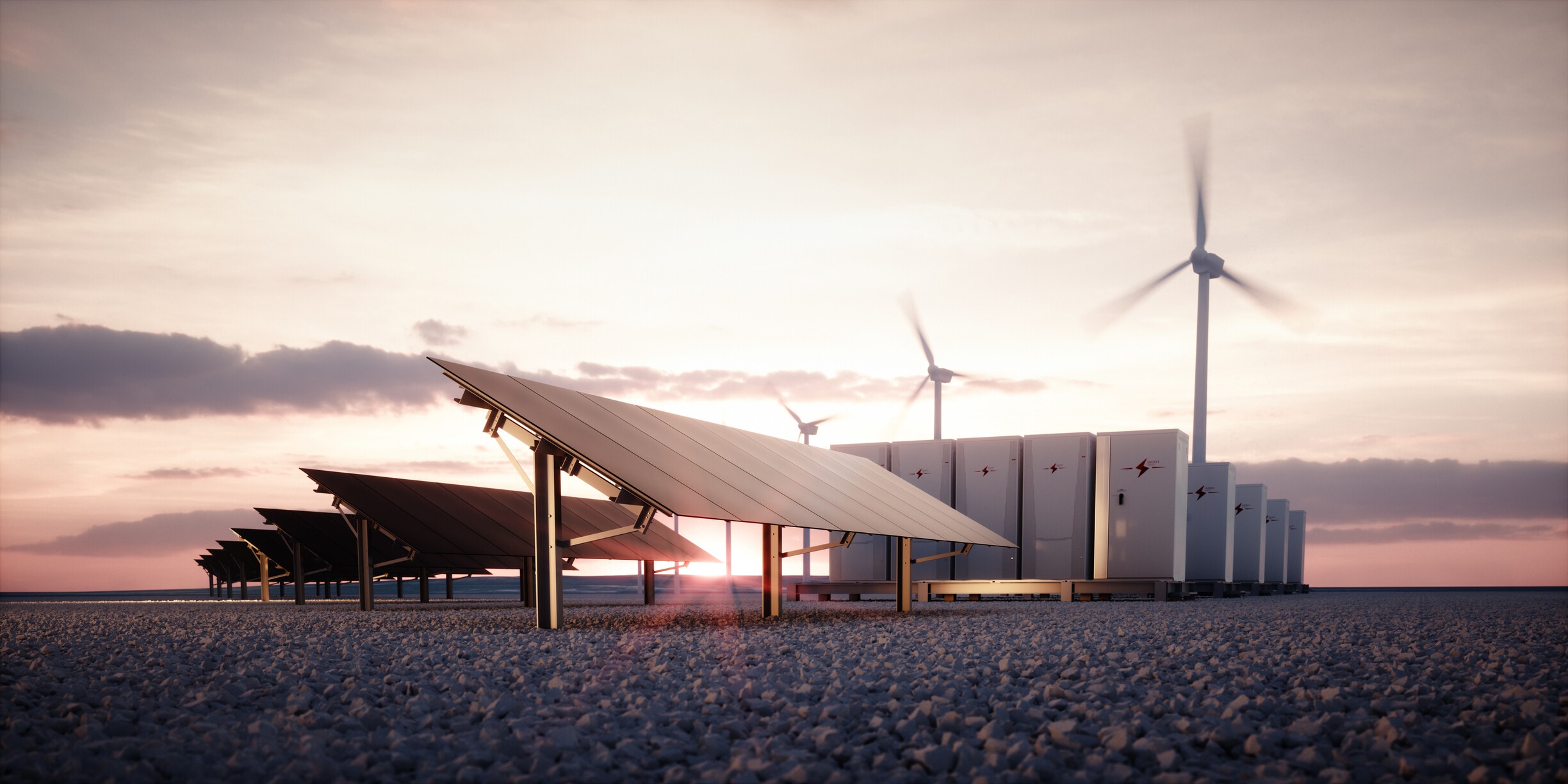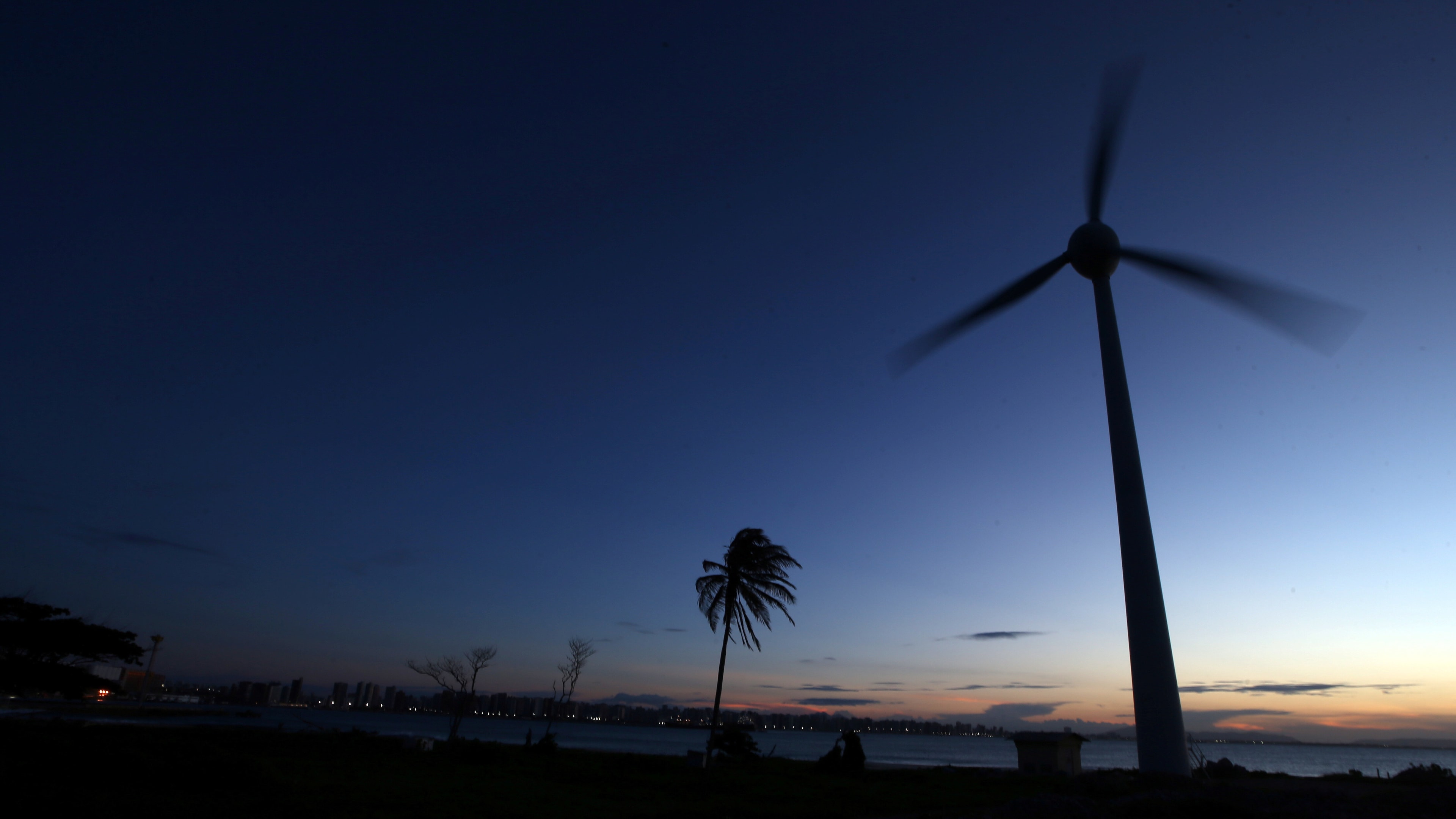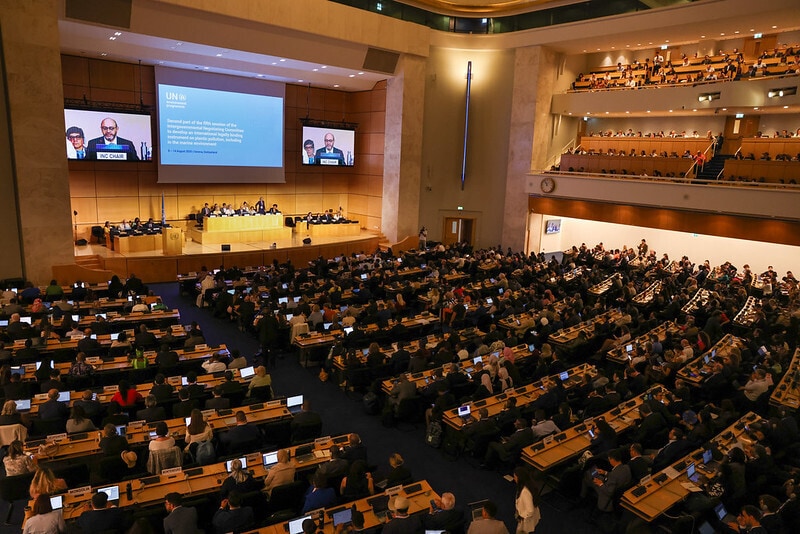Protecting the Arctic and human health: The hidden potential of black carbon
Black carbon, a significant contributor to Arctic warming, accelerates ice and snow melting.
Image: Getty Images/iStockphoto
- The Arctic is warming up to four times faster than the rest of the planet, which has far-reaching consequences beyond the region.
- Black carbon, a significant contributor to Arctic warming, accelerates ice and snow melting when deposited on these surfaces.
- Reducing black carbon emissions offers multiple benefits, including improved air quality, enhanced public health and increased resilience to climate change.
The Arctic is warming up to four times faster than the rest of the planet. However, it is not just a fragile and beautiful ecosystem: what happens in the Arctic does not stay in the Arctic and the effects of a warming Arctic are felt far beyond this region.
Loss of reflective sea ice has been linked to more extreme weather patterns in Eurasia and North America: not just more persistent drought or damaging storms but bursts of cold Arctic air that break out of the Arctic Circle more often as the jet stream wobbles and breaks due to less distinction between the Arctic and lower latitudes.
The melt of the Greenland ice sheet is accelerating, and there is growing evidence that Greenland has now taken over from land glaciers as the single largest source of global sea-level rise. Permafrost thaw causes not only infrastructure damage across the Arctic but has begun to emit carbon (both CO2 and methane) on the scale of a top-10 emitter such as Japan.
However, a key, though still underutilized, solution can help slow this destructive warming in the Arctic and one with many co-benefits: reducing black carbon emissions.
A global problem with local solutions
Black carbon consists of tiny particles that can waft high into the atmosphere and be carried for thousands of kilometres. While their atmospheric warming remains an area of active research, what is not questioned is black carbon’s enormous warming impact when it lands on ice and snow.
Not only does it speed melting—as anyone who has seen the rapid melt of “dirty snow” next to a trafficked city street can testify—but when that snow and ice are lost, the land and open ocean are less reflective, absorbing more solar radiation and warming the surrounding region.
Some black carbon deposits in the Arctic are derived from local sources, such as shipping, wood and coal heat stoves, and flaring from oil and gas rigs. However, much of the black carbon found in the Arctic originates from distant sources, mainly from agricultural and forest fires and highly polluting cookstoves.
This is where the magic of addressing black carbon emissions cannot be ignored: the co-benefits to local communities, especially the health of women, children and senior adults, can be huge and relatively low-cost.
Agricultural fires and wildfires are the largest sources of black carbon emissions globally. The US Forest Service, the International Maize and Wheat Improvement Centre and the Climate and Clean Air Coalition’s Agriculture Initiative have all supported projects encouraging fire-free alternatives that improve regional air quality, increase crop yields and provide greater resilience to growing weather extremes.
These methods also eliminate any wildfire spread from intentional field burning of field stubble, at a time when wildfires are becoming more frequent and extensive worldwide as the climate warms. Enhanced international cooperation for wildfire prevention can also help reduce these emissions.
Growing threat of black carbon
Black carbon pollution from household biomass (coal, wood, dung) stoves is bad for the Arctic and dangerous for human health, especially for the women and children closest to the stoves. On average, household air pollution is responsible for an estimated 3.2 million deaths per year, including the deaths of over 237,000 children under the age of 5.
Nevertheless, the most impactful black carbon emissions occur in the Arctic and high latitudes. Black carbon emissions from fossil fuel exploitation and exploration in and near the Arctic are growing. One study estimated that gas flaring accounts for 42% of the black carbon emitted in the Arctic annually.
There are several ways to address this problem, such as capturing rather than flaring the gas. Still, in a world where fossil fuel use needs to be phased out rapidly, continuing these activities near the Arctic provides a double whammy to the Arctic and global climate system, from greenhouse gas and black carbon emissions.
With at least one sea ice-free summer in the Arctic projected by 2050, further increases in black carbon emissions from expanding Arctic shipping routes are a major concern. Between 2013 and 2023, there was a 37% increase in unique ships entering Arctic waters. The Arctic Council’s Arctic Monitoring and Assessment Programme has found that even a small rise of 1-2% in shipping traffic could lead to a surge in Arctic black carbon emissions occurring right on the edges of increasingly vanishing summer sea ice.
Despite the International Maritime Organization’s recent ban on heavy fuel oil (HFO) in the Arctic, 74% of ships that use HFO can continue to do so for several years. Fortunately, cleaner fuel alternatives such as distillates are available and Norway is successfully implementing a strong ban on HFO around Svalbard, with large fines for anyone who breaks this prohibition. Some shipping companies have also pledged to avoid the Arctic altogether as part of the Ocean Conservancy Arctic Shipping Pledge.
Collaborative efforts for a brighter Arctic
The Alliance for Clean Air, launched at the 2021 United Nations Climate Change Conference (COP26) by the World Economic Forum and the Clean Air Fund, unites business leaders with a shared commitment to measure and reduce air pollution across their value chains. This initiative emphasises investment in innovation and collaboration with policymakers and peers to champion the social, economic and climate benefits of addressing air pollution, including black carbon.
Reducing our greenhouse gas emissions in line with the 1.5 degrees Celsius Paris Agreement target remains the most urgent action to slow Arctic warming. But unlike recent flirtations with various geo-engineering schemes, addressing the sources of black carbon emissions has no negative impacts, only strong co-benefits for local communities. Nearly all of these, primarily air quality measures, are well-proven, relatively inexpensive and could be implemented immediately.
Black carbon reductions for Arctic, local, regional, and ultimately global benefits are the ultimate low-hanging fruit for effective climate action. The only question is: What are we waiting for?
Don't miss any update on this topic
Create a free account and access your personalized content collection with our latest publications and analyses.
License and Republishing
World Economic Forum articles may be republished in accordance with the Creative Commons Attribution-NonCommercial-NoDerivatives 4.0 International Public License, and in accordance with our Terms of Use.
The views expressed in this article are those of the author alone and not the World Economic Forum.
Forum Stories newsletter
Bringing you weekly curated insights and analysis on the global issues that matter.
More on Climate ActionSee all
Tom Crowfoot
August 20, 2025
Charlotte Edmond and Rebecca Geldard
August 19, 2025
Yufang Jia and William Jernigan
August 18, 2025
Jürgen Karl Zattler and Adrian Severin Schmieg
August 18, 2025
Piyush Verma
August 18, 2025
Andrea Willige
August 15, 2025





